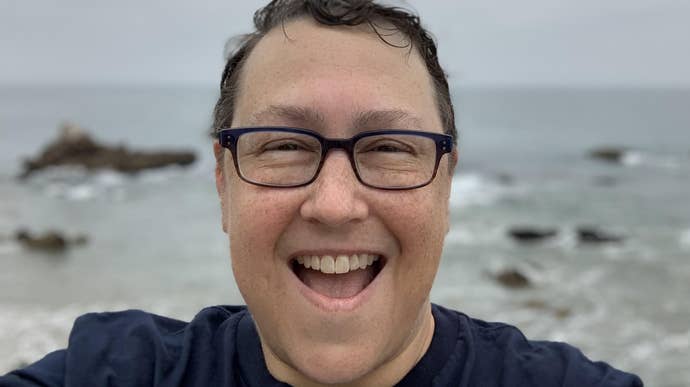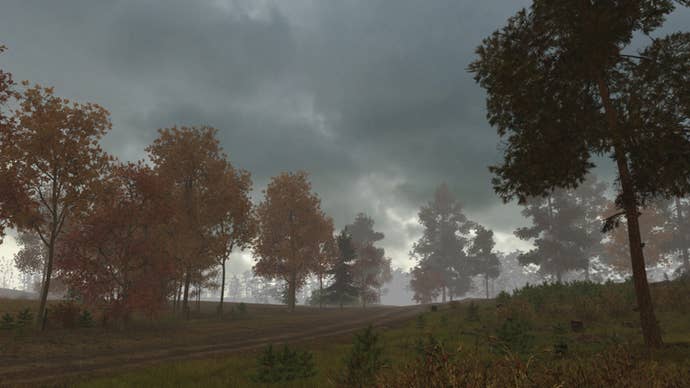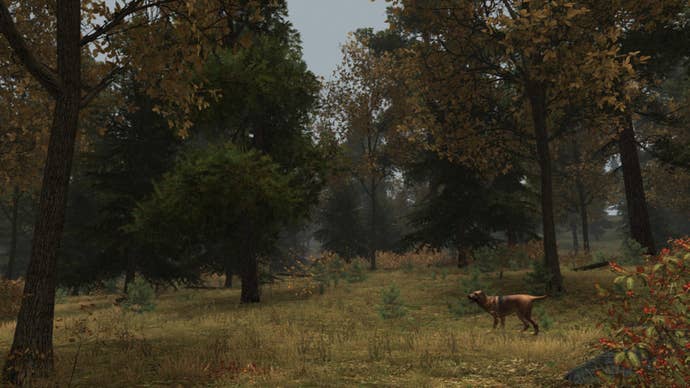From Thoreau to immersive theatre, Hit Points shines a light on a remarkable career.
Today’s subject is Tracy Fullerton, an experimental game designer, author and pioneering educator.
We got chatting and I am honestly ashamed I did not know who she was before that email arrived.

Now, after an hour-long video call with her, I am amazed she is not a household name.
Her impact on the game industry has been pretty significant.
By the end of this piece, I believe that you’ll agree.

But let us start, as is customary with these things, a little further back.
Tracy was born and raised in Los Angeles, and had a childhood of curiosity and creativity.
Her father was a self-taught aerospace engineer, and their garage was filled with technological trinkets and toys.

When computers arrived at home, naturally, she fiddled around with coding, and started making games.
“I got patted on the head a lot for being creative,” she recalls.
She figured she’d make a career out of it.

She studied theatre arts, English and film at the University of Southern California (USC).
“It was a really good mix of skills for getting into the game industry.”
As it turned out, it was a movie job that got her into the games business.

She pitched up to an interview one day.
The company making it was called Synapse, founded by VFX pioneer Robert Abel.
The documentary was about Christopher Columbus, and was interactive.

The crew worked with cameras and early ATI video cards, blending video and navigable still images.
The project, screened on LaserDisc and CD-ROM, is on permanent display at the National Library of Congress.
The structure of it appealed too.

This, by contrast, was new, different, and free-wheeling - just like her childhood had been.
“The flat structure of early tech companies was really much more my style,” she says.
It was super exciting."

There was Ride For Your Life, which Tracy co-directed with Interfilm president Bob Bejan.
Tracy loved the work, but the concept was short-lived.
They expect to be entertained, not to be involved.
Interfilm went public but, as often comes to pass, it fell apart shortly after.
It was 1993, there were like five people on the internet!
But they went for it."
“The loser got a party lampshade.
We literally handmade these 1950s-style lampshades to send out to the losers.
and Wheel Of Fortune for the “hipper, younger” audience on the web.
Tracy was conscious of being pigeonholed, but didn’t mind: “It was cool.
They were amazing properties, and I was into it.
It seemed like a fun thing to do.
They became some of the most popular games on the internet back then.”
In fact, she embraced the pigeonhole in which she found herself.
And the dotcom boom was in full swing.
The MTV project, webRIOT, launched in 1999.
It was a studio-based gameshow, with one contestant joining remotely over the internet.
Spiderdance hooked up with The Weakest Link; it designed games to run around weekend-long James Bond marathons.
Its games were available 24 hours a day, and its technology was reaching millions of simultaneous viewers.
All was going swimmingly.
Then 9/11 happened, and everything fell apart.
“We basically lost half our clients,” Tracy says.
“It was really sad.
9/11 really undercut us in ways we could never recover from.”
Tracy moved on, flitting around short-term contracts and consulting gigs.
She’d done work she was proud of; she’d broken new ground.
It was time for some soul-searching.
She hopped in her car and went on a 10,000 mile road trip around the US.
What makes me happy?
The narrative just sort of fits.
There was only one problem.
There still weren’t many ways to study games at college.
Tracy would have to build one.
So clearly a lot of the skills were directly applicable.”
I would like you to send us people who are team-ready.'"
So it has proven.
At first, USC game students work alone, learning expressive techniques.
Then they work in small teams, then medium-sized ones, and on it goes.
By the time they’re working on their final projects, they are essentially experiencing a real-world production schedule.
Projects are pitched and greenlit, then put into production with a milestone plan.
Asher Vollmer, creator of smash mobile puzzler Threes.
Sean Plott, better known these days by his streaming handle, Day9.
Susana Ruiz, creator of the award-winning serious game Darfur Is Dying.
“Sometimes I do wonder how I will go down in history,” she smiles.
Some people are better at… well, I’ve always tried to put the students forward.
I’ll admit I’m on unfamiliar ground here.
But education is a different matter.
I ask what is, I suspect, an insultingly simple question.
How do you teach people to make games?
A lot of it, it turns out, is automatic.
“A lot of game design is either building on genre, or building on technology.
And both of those force you down a certain path.
Instead we focus on the player, and the player experience, and design to that.
Then we find technologies or genres that are a good fit.
But you’re not boxed in from the start.”
“I was wearing all these hats, and I really worked myself into sickness,” she says.
“I had breast cancer, and I kept working.
Honestly, I wasn’t taking care of myself.”
“The world began to change around us,” Tracy says.
“Maybe it was a good time to launch a game about living in solitude,” Tracy laughs.
For most games, release is the end of the story.
But for Walden, it seems launch was just the beginning.
Teachers began writing and emailing Tracy from all around the US, sensing an opportunity.
And it needed a console or powerful PC to run, hardware simply not available in most schools.
They needed a game that could be played for 30 minutes on a Chromebook.
Hardware requirements are modest.
(If any teachers are reading this, and think it sounds cool or useful - or both!
-it’s possible for you to find out more here.)
We bring things to a close with the obvious question.
Tracy has spent her career, and lived her life, somewhat ahead of the curve.
Her initial answer is one word: “Diversity.”
Thankfully for us all, she elaborates.
“A lot of people have parachutes these days, right?
And that is both confusing and great.
The confusing part is that it’s hard sometimes for a really great game to gain traction.
So many people are making innovative games that it’s harder for an innovative game to stand out.
Would they get lost?
Maybe, but that’s just progress.”
“This is what I mean by diversity.
So, here we are.
Are you starting to see my point?
And really, she’s never stopped.
I think, appropriately enough, that there’s a lesson in there for us all.
Thanks to Hit Points for allowing us to share this previously paywalled article.